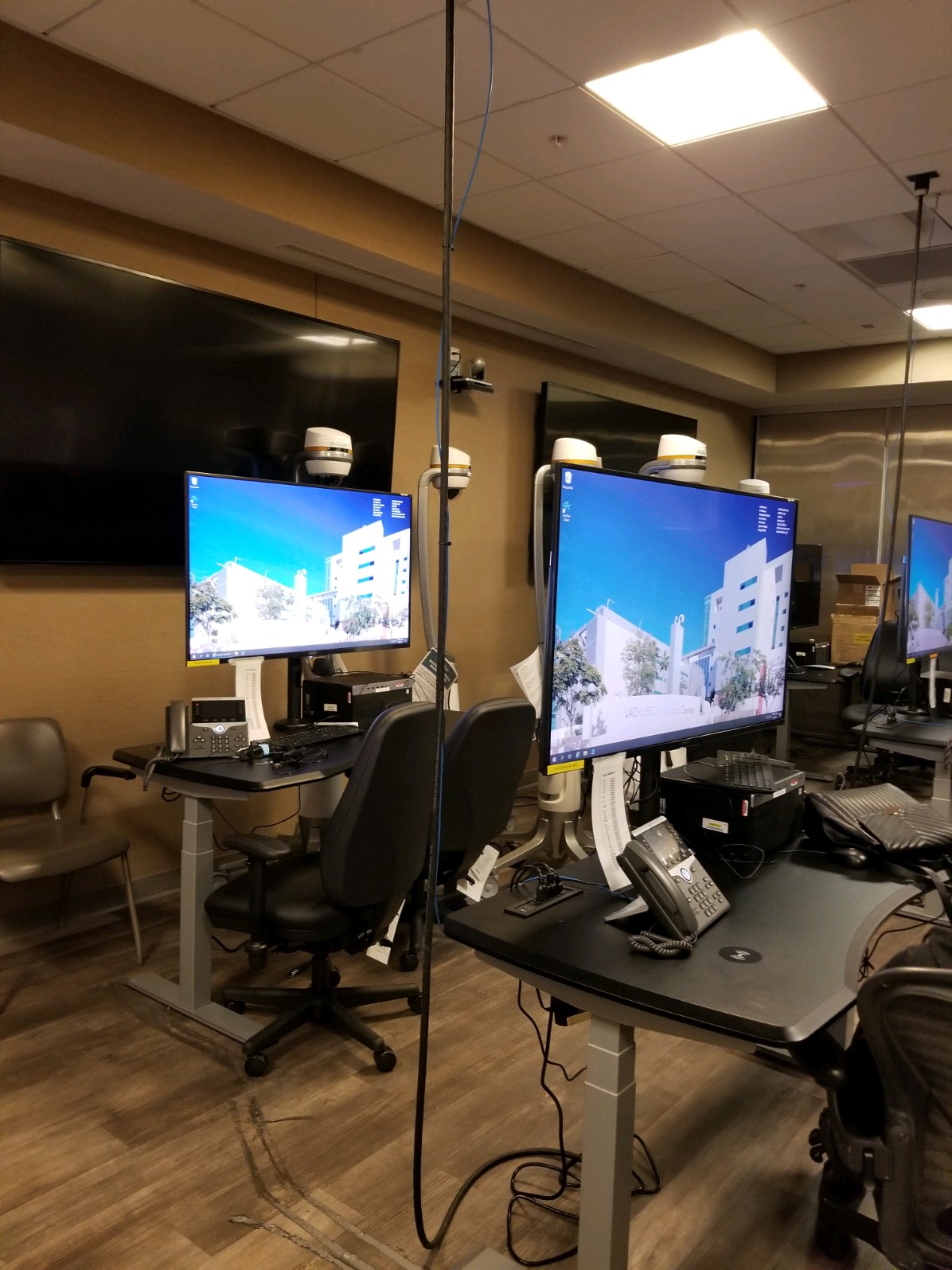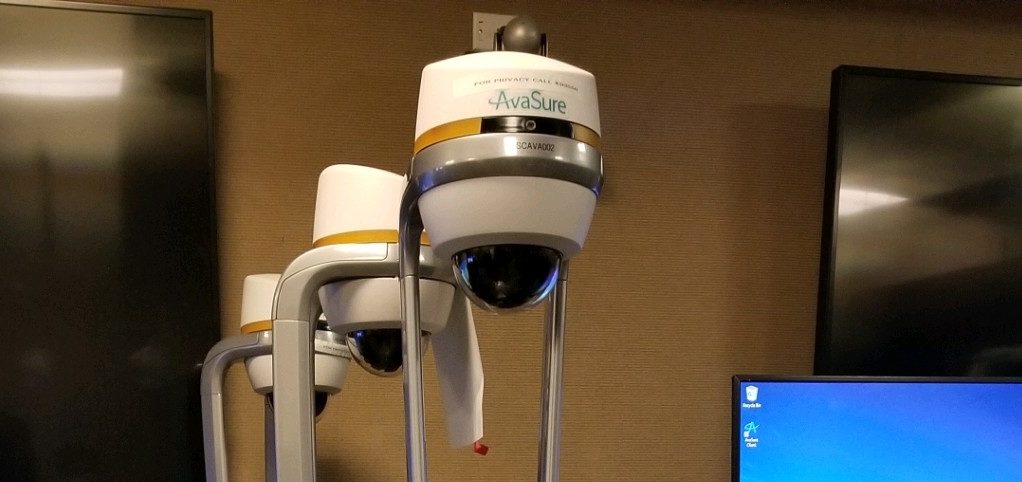Over the past year, the Department of Health Services (DHS) has endured unimaginable challenges due to the COVID-19 pandemic. The optimization of staff utilization, quality of patient care, safety, and resource allocation have become more imperative than ever. These unprecedented times have established the need for DHS to reimagine ways in which to efficiently serve its patient population.
As patient loads and the need for sitters in hospital settings have increased, DHS looked to the Rancho Los Amigos National Rehabilitation Center’s (RLANRC) 2019 go-live as a model. It was implemented under the leadership of DHS Chief Nursing Officer (CNO), Susan Currin, RLANRC Executive Team, Aries Limbaga (CEO) and Michelle Sterling (CNO), as well as members of the RLANRC IT, Nursing and Finance teams. The model provided the foundation to roll out remote patient monitoring across DHS.
The Avasure Telesitter Remote Patient Observation System enables continuous audio and visual monitoring of patients that have been deemed at risk for falls and other clinical conditions. This system enables clinicians, who previously had to physically remain at the bedside, to safely monitor up to 16 patients on a single monitor from a central monitoring station.
Evidence has shown the implementation of Telesitter devices benefit healthcare facilities both financially and in the quality of care they provide. These devices decrease the need for individual sitters, eliminate overtime costs associated with sitter requests, and allow staff to be reallocated for other duties to provide more efficient direct patient care. Additionally, data shows that they can reduce patient fall rates by more than fifty percent.
As of May 2021, in an effort which required extensive coordination among DHS Organizational Development, Supply Chain, Finance, Nursing, IT, BioMed, and ORCHID staff, the DHS Care Companion Telesitter Project Team has successfully implemented over 200 Avasure Telesitter Care Companion devices between RLANRC, LA General, Olive View-UCLA, and Harbor-UCLA Medical Centers.
In addition to the cost-saving and patient care impact, post-go-live feedback from staff regarding the Telesitter system has been optimistic. “Since April, requests for care companions are trending downward, while requests for Telesitters have steadily increased. Things have been going so well, that we have begun to explore additional use cases for the devices,” said LA General Medical Center Clinical Nursing Director, Leticia Gehringer. Presently, DHS leads the nation in the quantity of devices that have been deployed and the outlook for the future of remote patient monitoring in DHS is extremely promising.


